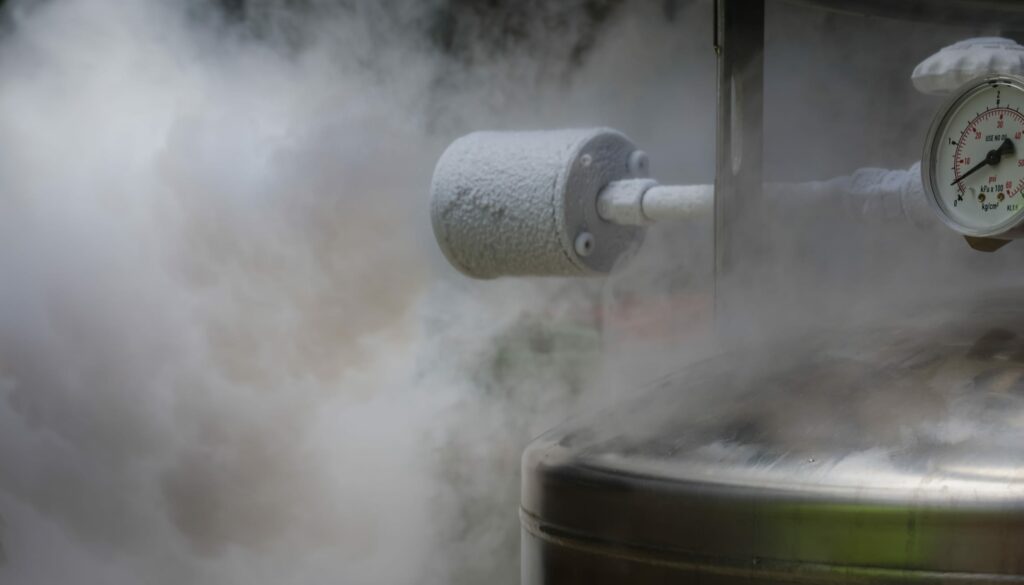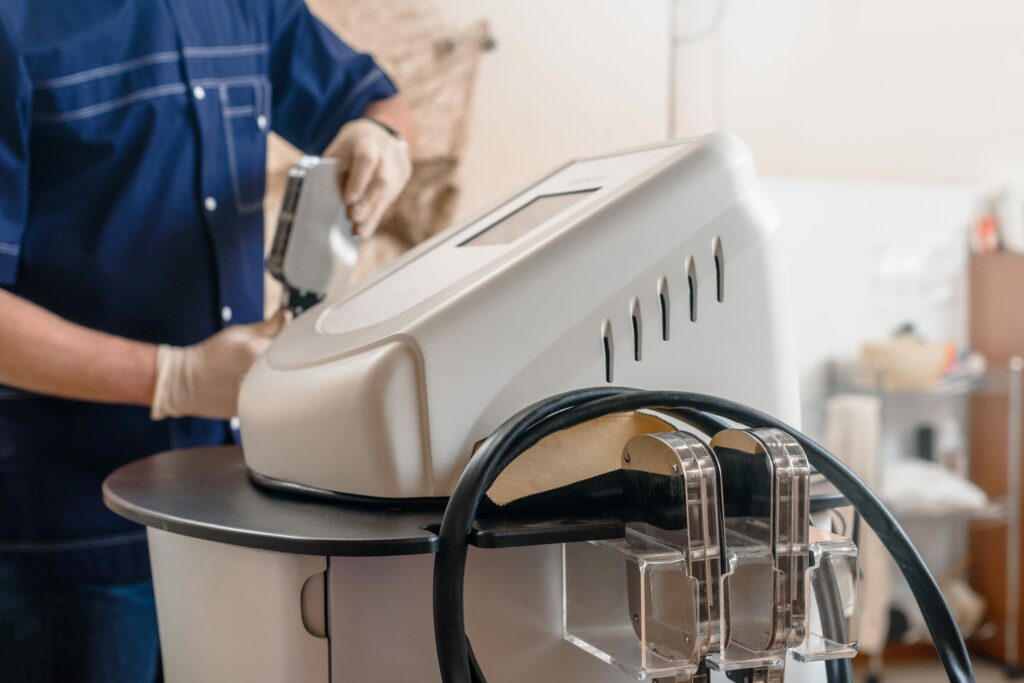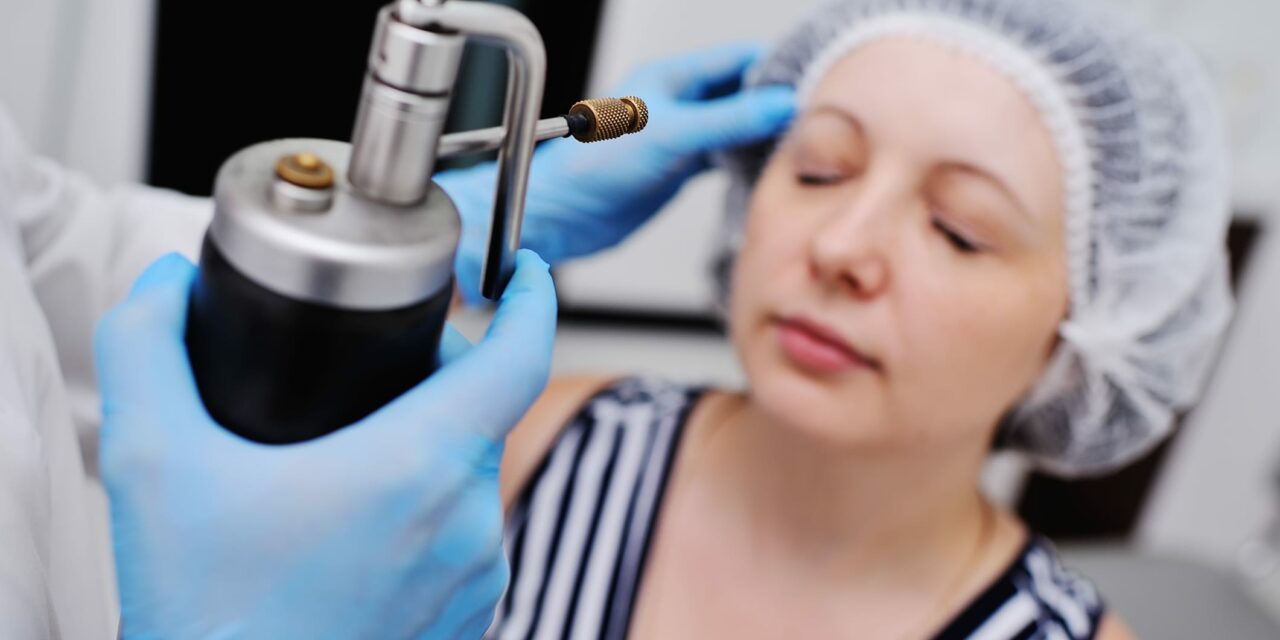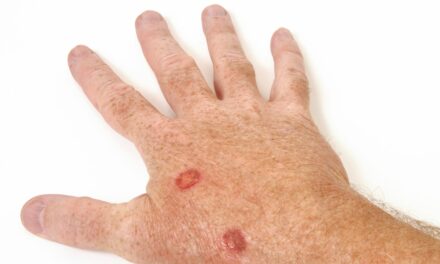Cryotherapy, employing extreme cold to treat skin conditions, offers effective solutions for benign lesions, precancerous conditions, and select skin cancers.
Cryotherapy, the application of extreme cold to destroy abnormal tissues, has established itself as a treatment option in dermatology. Utilizing temperatures as low as -196°C, this technique offers a versatile and effective approach for various skin conditions.
In this article, we explore the diverse applications of cryotherapy in dermatology and the techniques employed to maximize its efficacy.
Applications of Cryotherapy in Dermatology

1. Treatment of Benign Skin Lesions
Cryotherapy is widely used to treat benign skin lesions, such as warts, skin tags, and seborrheic keratoses. The extreme cold causes cellular damage, leading to the necrosis of the targeted tissue. For instance, in the case of warts, cryotherapy induces an immune response that helps eradicate the human papillomavirus responsible for the lesion.
2. Precancerous Conditions
Actinic keratoses, which are rough, scaly patches on the skin caused by prolonged sun exposure, are considered precancerous. Cryotherapy effectively destroys these lesions, preventing their progression to squamous cell carcinoma. The procedure is quick, minimally invasive, and has a high success rate.
3. Skin Cancer
Cryotherapy has proven effective in treating certain types of skin cancers, particularly basal cell carcinoma and squamous cell carcinoma in situ (Bowen’s disease). The technique involves freezing the cancerous tissue, causing cell death and subsequent shedding of the lesion. While not suitable for all skin cancers, it offers a less invasive alternative for select cases, particularly for patients who cannot undergo surgery.
4. Cosmetic Applications
In cosmetic dermatology, cryotherapy is employed to remove unwanted skin growths like age spots and moles. It is also used for cryofacials, a treatment that claims to improve skin tone, reduce inflammation, and promote collagen production. These cosmetic applications, while less critical than medical treatments, highlight the versatility of cryotherapy.
Techniques in Cryotherapy

1. Contact Cryotherapy
Contact cryotherapy involves the direct application of a cryoprobe to the skin lesion. Liquid nitrogen or another cryogen flows through the probe, cooling it to the desired temperature. The probe is applied to the lesion for a specific duration, freezing the tissue. This technique is precise and allows controlled application, minimizing damage to surrounding healthy tissue.
2. Spray Cryotherapy
In spray cryotherapy, liquid nitrogen is sprayed directly onto the lesion using a specialized device. This method is particularly useful for treating larger areas or irregularly shaped lesions. The distance, duration, and number of freeze-thaw cycles can be adjusted to optimize the treatment’s effectiveness and reduce discomfort for the patient.
3. Intralesional Cryotherapy
Intralesional cryotherapy involves injecting liquid nitrogen directly into a lesion. This technique is typically reserved for thicker lesions or tumors, where surface application might be insufficient. By delivering the cryogen directly into the tissue, intralesional cryotherapy ensures deeper and more uniform freezing.
Considerations and Side Effects
While cryotherapy is generally safe, it is not without potential side effects. Common reactions include pain, blistering, and temporary skin discoloration. In some cases, hypopigmentation or scarring may occur, particularly in patients with darker skin tones. Proper patient selection and technique optimization are crucial to minimizing these risks.
Cryotherapy remains a fundamental tool in dermatology, offering a range of applications from treating benign lesions to managing certain skin cancers. With various techniques available, dermatologists can tailor treatments to individual patient needs, ensuring effective and safe outcomes. As research and technology advance, the role of cryotherapy in dermatology is likely to expand, offering even more innovative solutions for skin health.
References:
- Anderson, R. R., & Parrish, J. A. (1983). Selective Photothermolysis: Precise Microsurgery by Selective Absorption of Pulsed Radiation. Science, 220(4596), 524-527.
- Kuflik, E. G. (1994). Cryosurgery Updated. Journal of the American Academy of Dermatology, 31(6), 925-944.
- Torre, D. E., & Salas, R. E. (2018). Advances in Cryotherapy: New Applications and Optimized Techniques. Dermatologic Clinics, 36(4), 515-526.
Photo 79384910 © Evgeniy Kalinovskiy | Dreamstime.com




